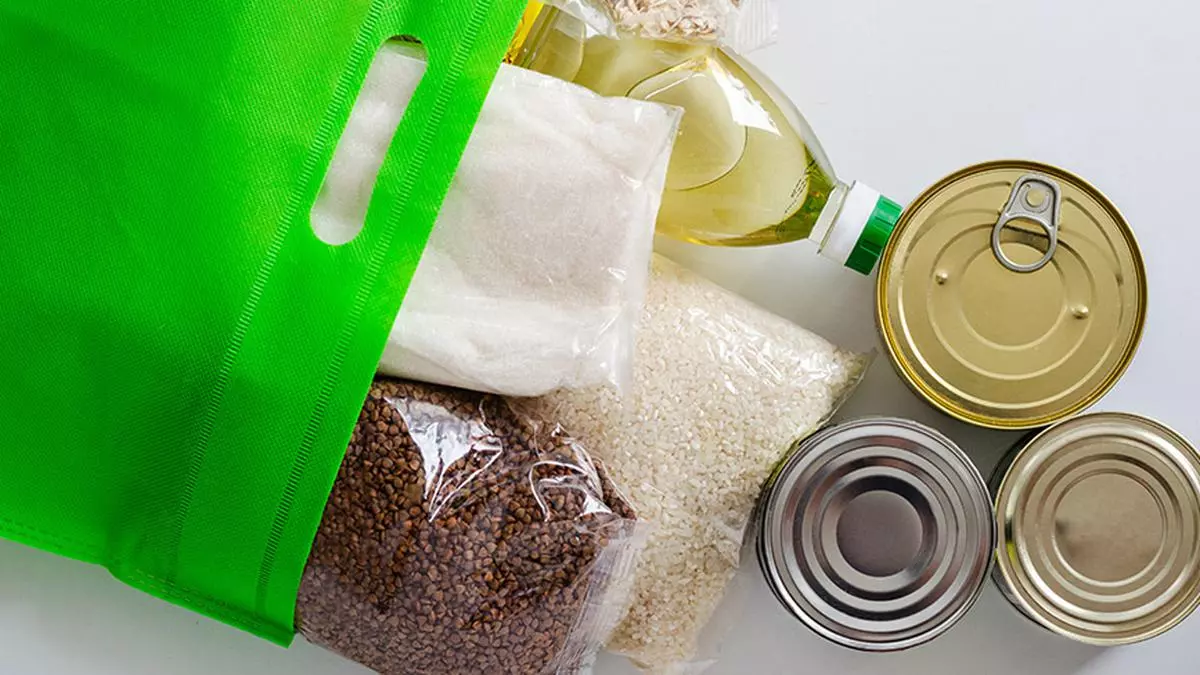Shift in consumer preference forcing food brands to adopt sustainable packaging
In recent years, India has witnessed a significant shift in consumer preferences towards ready-to-eat (RTE) and convenience foods. Various factors, including busy lifestyles and urbanisation drive this transformation in dietary choices. However, one of the most notable drivers of this growth is the increasing demand for sustainable packaging.
Ready-to-eat (RTE) foods have gained immense popularity in India, and this trend shows no sign of slowing down. Urbanisation, the rise of working couples, and hectic schedules have led to an increased demand for convenient but healthy meal options. RTE products, which range from instant noodles to authentic Indian cuisines as microwaveable dinners, cater to these needs by offering quick and easy meal solutions.
While convenience is a major driver, consumers in India are becoming increasingly conscious of the environmental impact of their choices. Therefore, brands are now concentrating on sustainability in packaging to reach environmentally conscious customers. The consumer today is looking for products that align with their values, including sustainable packaging. This has incentivised RTE brands, including many mass-produced brands, to shift to green packaging.
Sustainable packaging, which includes materials like biodegradable plastics, paper-based packaging, and reusable containers, offers several advantages. Sustainable packaging materials have a lower carbon footprint compared to traditional plastics. They decompose more easily and produce fewer greenhouse gas emissions. Thus, brands that embrace sustainability in their packaging are viewed more favorably by consumers. It signals a commitment to responsible business practices.
This shift in consumer preferences has propelled ready-to-eat (RTE) and mass-produced food brands to adopt sustainable packaging solutions. However, balancing sustainability with cost-effectiveness remains a significant challenge. Here’s how RTE food brands are addressing this challenge, highlighting innovative approaches and strategies to cater to eco-conscious consumers.
Material and Efficiency
To meet sustainability requirements cost-effectively, RTE food brands are prioritising material selection. Switching to eco-friendly materials such as biodegradable plastics, recycled paper, or compostable packaging helps reduce the environmental footprint. Brands also focus on optimising material use through efficient packaging designs, min-imising waste and costs simultaneously.
reducing – Many brands are adopting minimalist packaging, reduc-ing excess materials and unnecessary features. This not only aligns with sustainable principles but also reduces production costs. Streamlined packaging often appeals to environmentally conscious consumers who appreciate the simplicity and reduced waste.
Innovative Packaging Technologies – RTE food brands are embracing cutting-edge packaging technologies like modified atmosphere packaging (MAP) and vacuum packaging. These techniques extend product shelf life, reducing food waste and the need for excessive packaging.
Locally Sourced produce – Brands are reevaluating their supply chains by sourcing ingredients locally. This not only reduces carbon emissions associated with transportation but also supports local economies. Shorter supply chains enhance food freshness, reducing the need for excessive packaging and preservatives, making it a cost-effective, sustainable solution.
The intersection of the ready-to-eat market and sustainable packaging is a prime example of how consumer preferences can drive positive change. As India’s middle class expands and environmental awareness grows, the demand for convenient yet eco-friendly options will continue to rise.
The RTE market in India has taken note of the sustainability imperative and is adapting accordingly. Companies are investing in research and development to find sustainable packaging alternatives. This includes experimenting with compostable materials, plant-based plastics, and reusable containers. Brands are highlighting their sustainable packaging choices in marketing campaigns to attract environmentally conscious consumers. Packaging is becoming a significant selling point. Some RTE manufacturers are partnering with packaging companies specialising in sustainable solutions. These collaborations allow for the integration of innovative packaging into the product supply chain.
Meeting the demands of environmentally conscious consumers in a cost-effective manner is a challenge that RTE food brands are actively addressing. Through material efficiency, minimalist packaging, innovative technologies, local sourcing, recycling, and consumer engagement, they are striking a balance between sustainability and affordability. These strategies not only satisfy eco-conscious customers but also con-tribute to long-term cost savings and a positive brand image. In a world increasingly concerned about the environment, embracing sustainability is not just an option—it’s a necessity for RTE food brands to thrive in the market.
The author is co-founder, Organic Roots
